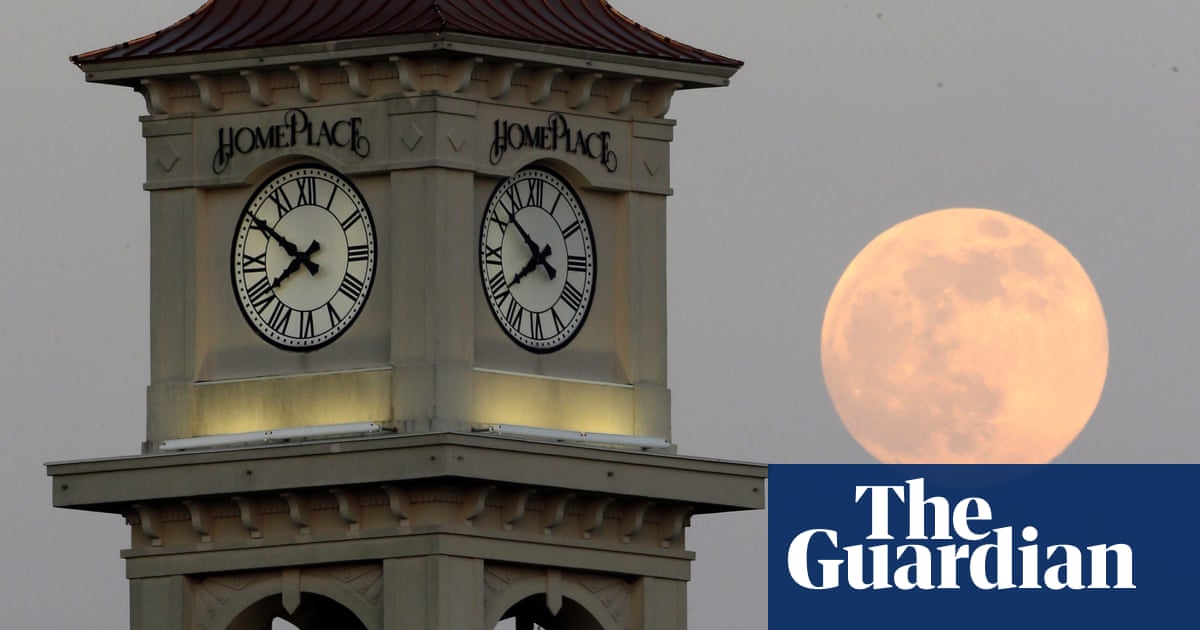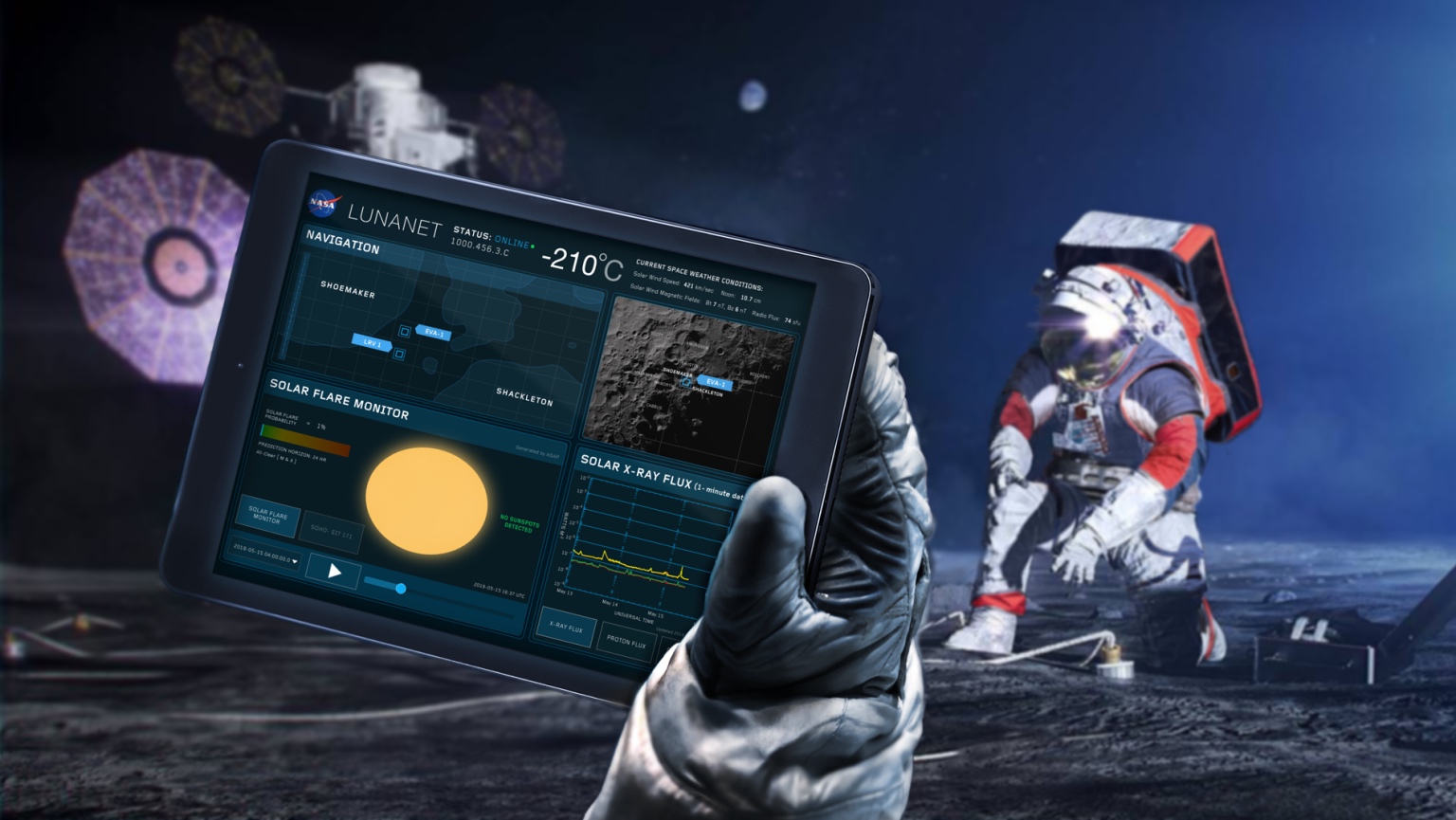
The White House has directed NASA to establish a unified standard of time for the moon and other celestial bodies. This is in response to the growing lunar race among nations and private companies, as well as the need for accurate navigation and communication on space missions. The new Coordinated Lunar Time (LTC) will be based on Coordinated Universal Time (UTC) but adapted to operations on the moon. NASA has been studying an architecture called LunaNet that could require a new time standard.


